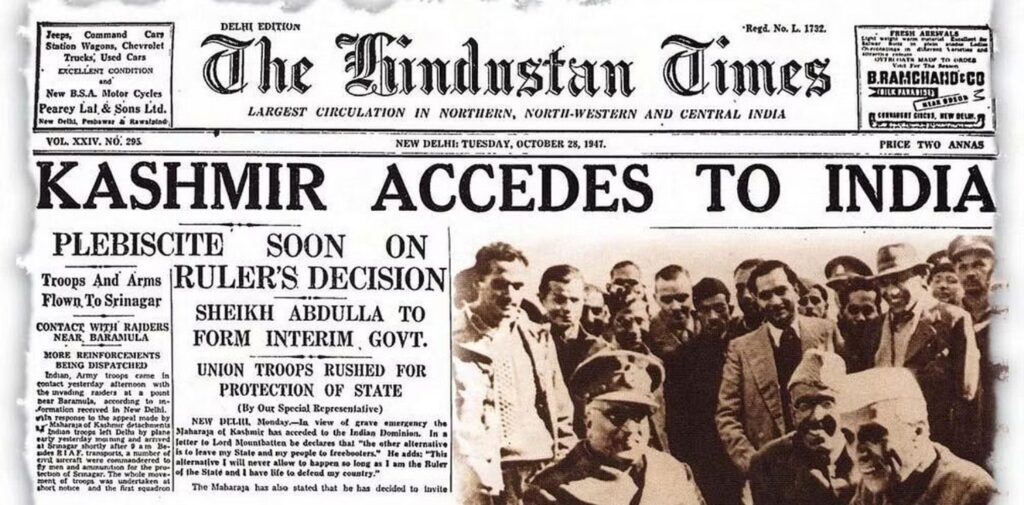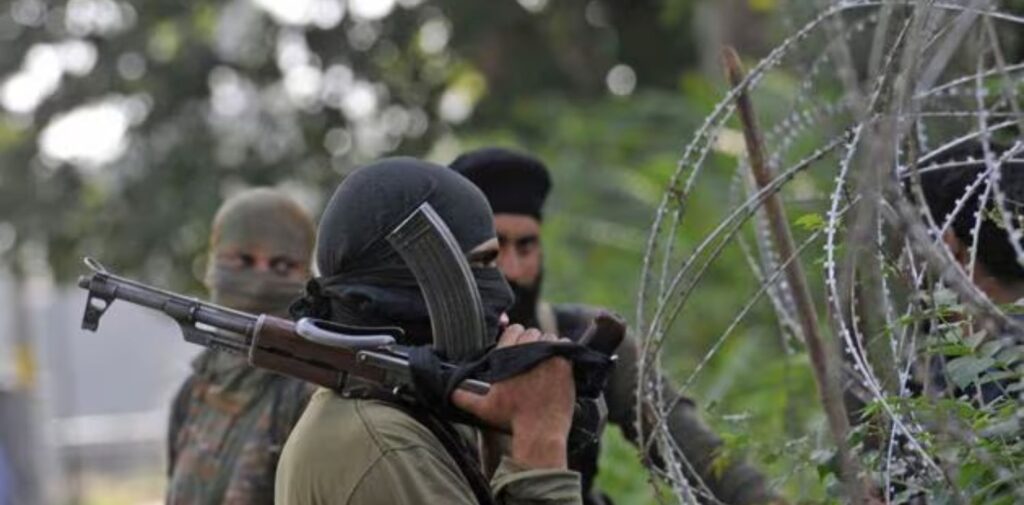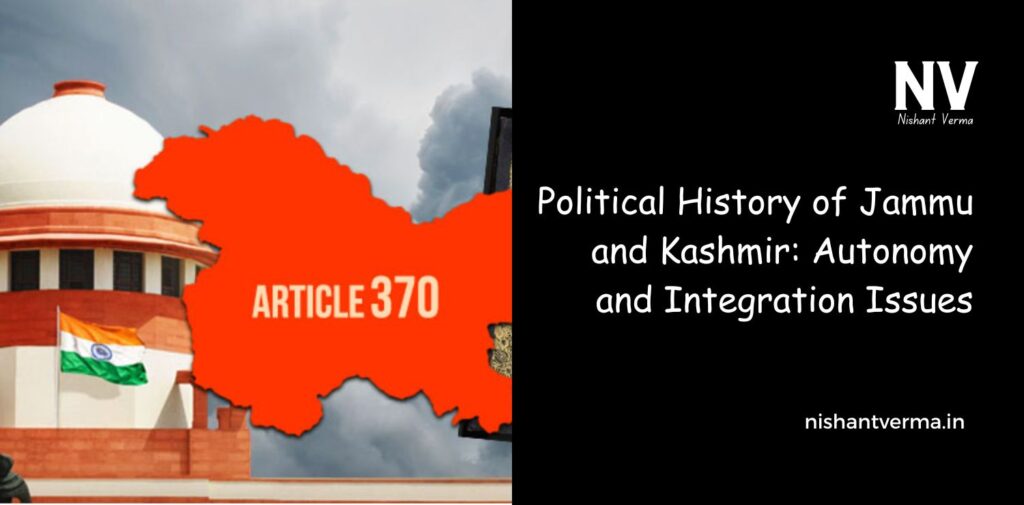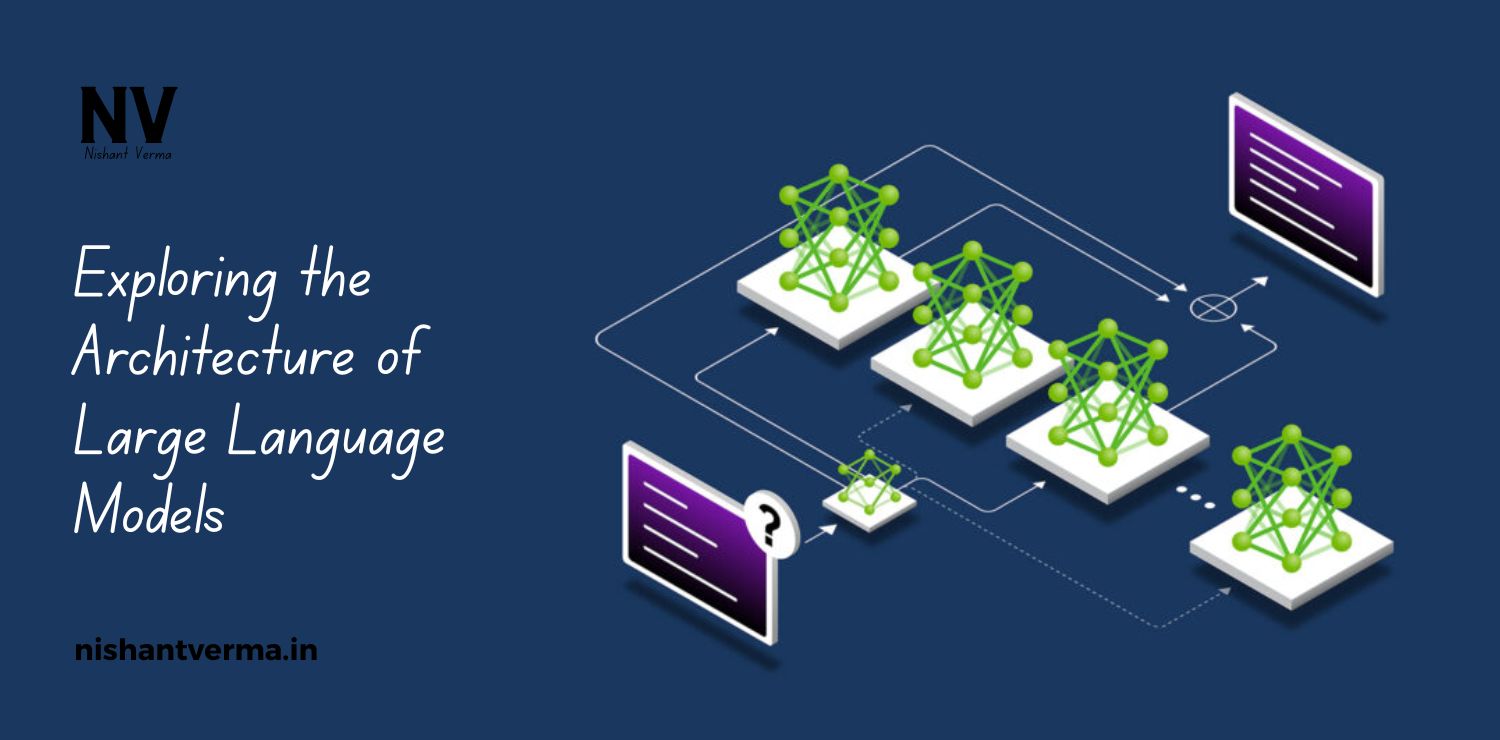Jammu and Kashmir, often called the “Paradise on Earth,” is one of the most beautiful regions in India. But it has also been at the heart of political struggles and conflicts for many decades. The history of Jammu and Kashmir’s political situation is complex, involving issues of autonomy (the ability to make decisions independently) and integration (joining fully with the rest of India).
In this article, we will explore the political history of Jammu and Kashmir, from its special status after independence to the challenges of integrating it with India. We will also discuss the important events and decisions that shaped the region’s political landscape.
The Partition and Jammu and Kashmir’s Status
To understand the political history of Jammu and Kashmir, we need to look back at the time of India’s independence in 1947. India was divided into two countries, India and Pakistan, based on religion. This division is called Partition. However, not all areas in India were straightforward. Jammu and Kashmir was one such place.
Jammu and Kashmir was a princely state during British rule. This meant that it was ruled by a king, or Maharaja, who had the option to join either India or Pakistan after independence. At the time of Partition, the population of Jammu and Kashmir was mainly Muslim, and Pakistan wanted the region to join them. But the Maharaja of Jammu and Kashmir, Maharaja Hari Singh, was a Hindu, and he wanted his state to remain independent.
The decision of which country Jammu and Kashmir would join became a matter of great importance.

The First War with Pakistan and Accession to India
In October 1947, Pakistan sent tribal forces to invade Jammu and Kashmir, trying to take control of the region. The Maharaja of Jammu and Kashmir was in danger of losing his kingdom to Pakistan. Faced with this threat, the Maharaja asked India for help. India agreed to assist, but in return, the Maharaja had to sign the Instrument of Accession, formally joining India.
This decision led to the first war between India and Pakistan over Jammu and Kashmir in 1947-1948. The war ended with a ceasefire, and the region was divided into two parts: one controlled by India and the other by Pakistan. The Line of Control (LoC) was drawn as a border between the two countries. Jammu and Kashmir became part of India, but the issue of its status remained unresolved.
Article 370: Jammu and Kashmir’s Special Status
After Jammu and Kashmir’s accession to India, the Indian government gave it a special status through Article 370 of the Indian Constitution. This article allowed Jammu and Kashmir to have its own constitution and government, giving it a significant degree of autonomy. This meant that Jammu and Kashmir could make its own laws on most matters, except for defense, foreign affairs, finance, and communications, which remained under the control of the Indian government.
Article 370 was meant to protect the region’s unique culture and identity, which had developed over centuries. It also allowed the state to have more control over its internal affairs, making sure that the people of Jammu and Kashmir had a say in their own governance.
However, the special status also created some problems. Many people in Jammu and Kashmir wanted even more autonomy, while others wanted full integration with India. This led to a series of political debates and struggles.

The Kashmir Problem and Rising Militancy
Over the years, tensions between India and Pakistan continued over the Kashmir region. In the 1980s, there were increasing calls for self-determination in Jammu and Kashmir. Some people in the region wanted independence, while others wanted to join Pakistan.
In 1989, militancy (armed rebellion) began to rise in Jammu and Kashmir. Many young people took up arms to fight against the Indian government, demanding independence or union with Pakistan. This led to a long period of violence, with many people losing their lives. The Indian government sent military forces to the region to control the situation, but the violence continued for years.
The militant movement in Jammu and Kashmir was supported by Pakistan, which wanted to take control of the region. The situation became even more complicated, as the people of Jammu and Kashmir were divided on the issue of whether to remain part of India, join Pakistan, or seek independence.
The Role of Nationalist Leaders
While there were many people in Jammu and Kashmir who wanted to break away from India or join Pakistan, there were also strong voices calling for the region to remain an integral part of India. Many nationalist leaders in Jammu and Kashmir, such as Sheikh Abdullah, Farooq Abdullah, and Mufti Mohammad Sayeed, played important roles in pushing for peace and development.
These leaders sought to balance the demands for greater autonomy with the need for peace and stability in the region. They believed that Jammu and Kashmir could remain a part of India while addressing the concerns of its people.
The 2019 Decision: Removal of Article 370
In August 2019, a significant change took place in the political history of Jammu and Kashmir. The Indian government, led by Prime Minister Narendra Modi, took the historic decision to remove Article 370 and end Jammu and Kashmir’s special status. The government also divided the state into two union territories: Jammu and Kashmir, and Ladakh.
This decision was met with strong reactions. Many people in Jammu and Kashmir felt that their rights were being taken away, while others supported the move, believing that it would lead to greater integration of the region with the rest of India.
The Indian government argued that by removing Article 370, it would open up more opportunities for development and bring peace to the region. The decision also allowed for the purchase of property by non-residents of Jammu and Kashmir, which had been restricted under the special status.
However, the move also caused tensions within the region. The government imposed a lockdown and cut off communication in Jammu and Kashmir, including internet access, to maintain law and order. There were protests and clashes in the region, and many people were unhappy with the changes. The removal of Article 370 is still a highly debated and emotional issue.
The Ongoing Debate: Autonomy vs. Integration
The political history of Jammu and Kashmir is full of debates and struggles over autonomy and integration. For many years, the people of Jammu and Kashmir had special rights and freedoms under Article 370. But after its removal in 2019, the region’s status became a matter of intense political discussion.
On one side, there are those who believe that Jammu and Kashmir should have more autonomy to preserve its distinct culture, history, and identity. They argue that the people of the region should have more control over their own affairs and that India should respect their unique position.
On the other side, there are those who believe that Jammu and Kashmir should be fully integrated into India, with no special status. They argue that removing Article 370 will bring about greater development, security, and peace to the region, allowing it to progress like other states in India.

The Path Forward
The political history of Jammu and Kashmir is still unfolding. The region faces many challenges, including security issues, economic development, and the rights of its people. The future of Jammu and Kashmir will depend on finding a balance between autonomy and integration, and ensuring that the voices of its people are heard.
The people of Jammu and Kashmir have always had a strong sense of their own identity and culture. Whether the region remains part of India with greater autonomy, or becomes more integrated into the country, it is important that the people of Jammu and Kashmir are given the freedom to shape their own future.
Conclusion – History of Jammu and Kashmir
Jammu and Kashmir’s political history is filled with challenges and changes, from its accession to India in 1947 to the removal of Article 370 in 2019. The region has experienced conflict, militancy, and debate over its status, but it has also seen efforts to bring peace and development. The future of Jammu and Kashmir will depend on how the issues of autonomy and integration are addressed, and how the aspirations of the people are respected. What is clear is that the political history of Jammu and Kashmir is a story of resilience, hope, and a deep connection to its identity and future within India.




